
Tree showing signs of Emerald Ash Borer damage. Photo provided by: Brian Kunkel, Ornamentals IPM Specialist, University of Delware
Emerald ash borer adult and serpentine tunnels packed with frass. Photo provided by: Eric R. Day, Virginia Polytechnic Institute and State University, Bugwood.org
Tree damaged by Asian Longhorn beetle. Photo provided by: Pennsylvania Department of Conservation & Natural Resources – Forestry Archive, Bugwood.org
Emergence hole of Asian Longhorn beetle. Photo provided by: Kenneth R. Law, USDA APHIS PPQ, Bugwood.org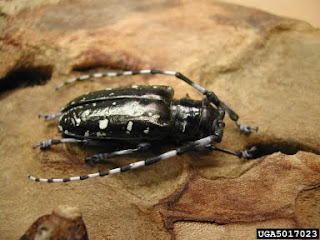
Asian Longhorn beetle. Photo provided by: Photo provided by: Pennsylvania Department of Conservation & Natural Resources – Forestry Archive, Bugwood.org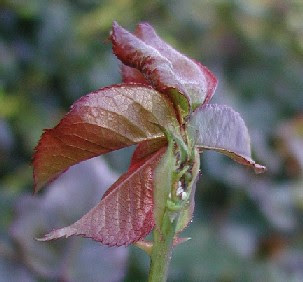
Another picture of rose midge damage (bull-necking) and the white spots are midge larvae. Photos found at: http://oregonstate.edu/dept/nurspest/rose_midge.htm website and appears to have been taken by Robin Rosetta.
Tag Archives: rose midge
What’s Hot HL Issue 17

Fall webworms and webbing on terminal branches. Photo by: Brian Kunkel, Ornamentals IPM Specialist, University of Delaware.
Cicada killer adult. Photo provided by: Jessica Lawrence, NC State Entomology Department, Bugwood.org.
Cicadas captured and paralyzed by female cicada killer to provision her chambers. Photo by: Kenneth R. Law, USDA APHIS PPQ, Bugwood.org.
Clavate tortoise beetle. Photo by: David Cappaert, Michigan State University, Bugwood.org.
Thistle tortoise beetle. Photo by: David Cappaert, Michigan State University, Bugwood.org.
Thistle tortoise beetle larva. Photo by: David Cappaert, Michigan State University, Bugwood.org.
Rose midge larvae (white spots) on rose. Photo provided by: http://oregonstate.edu/dept/nurspest/rose_midge.htm.
Powdery mildew on flowering dogwood. Photo by: Mary Ann Hansen, Virginia Polytechnic Institute and State University, Bugwood.org.
Insect Hotline Issue 22
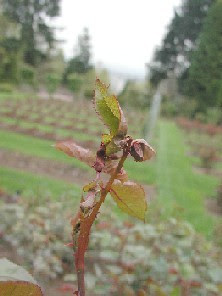
Rose midge damage from a distance.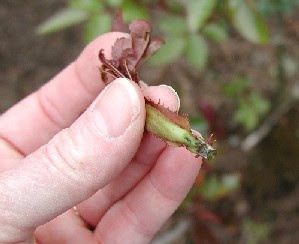
Rose midge damage.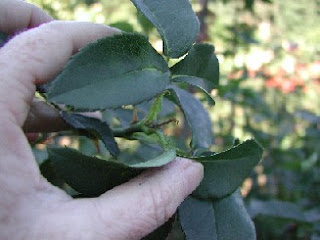
Tip abortion caused by rose midges.
Rose midge damage (bull-necking)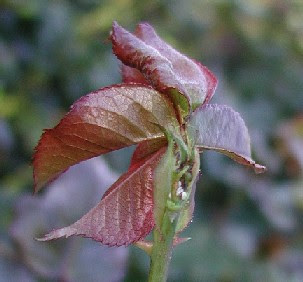
Another picture of rose midge damage (bull-necking) and the white spots are midge larvae.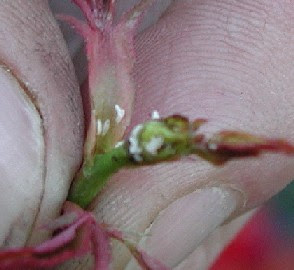
Close-up of rose larval midges under the sepal. All photos posted were found on the http://oregonstate.edu/dept/nurspest/rose_midge.htm website and appear to have been taken by Robin Rosetta.
